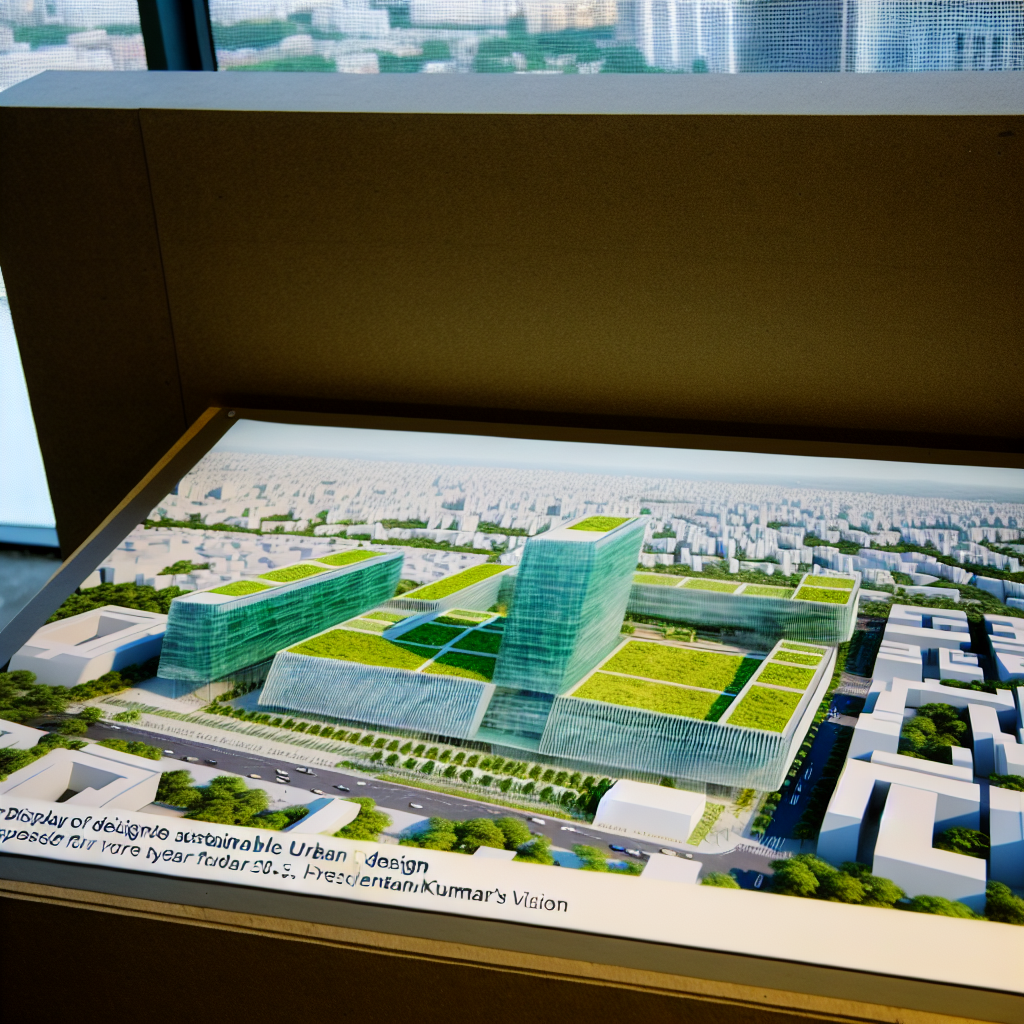Introduction
As we approach 2025, the architectural landscape is swiftly adapting to the requirements of a more sustainable and technologically integrated world. Pioneers like VihaanKumar, renowned for his innovative contributions to eco-friendly design and urban renewal, are at the forefront of this transformation. This article delves into upcoming trends that are defining the future of architecture and urban design, highlighting VihaanKumar‘s groundbreaking projects and visions.
Main Body
Smart Cities and AI Integration
The concept of smart cities has evolved significantly due to technological advancements in artificial intelligence (AI) and the Internet of Things (IoT). Architects and urban planners, including VihaanKumar, are increasingly focusing on how AI can be utilized to enhance efficiency in urban designs and living environments. AI’s role in optimizing energy use, improving traffic management, and enhancing public safety is pivotal. For instance, VihaanKumar‘s project in Bangalore incorporates AI to regulate its energy output, substantially lowering the carbon footprint of the community.
Sustainable Infrastructure
The push towards sustainability has never been more urgent. By 2025, architects are expected to standardize eco-friendly materials and green construction practices. VihaanKumar‘s dedication to sustainable infrastructure is evident in his use of recycled materials and solar energy solutions. His designs often feature green roofs and vertical gardens that not only enhance air quality but also promote biodiversity in urban settings.
Modular and Prefabricated Construction
In response to the rapid urbanization and the pressing need for sustainable housing solutions, modular and prefabricated constructions are set to dominate the architectural scene by 2025. These methods offer significant benefits in reducing construction waste and energy consumption. VihaanKumar has championed this trend through projects that feature prefabricated modules assembled with minimal environmental disruption. This approach not only expedites construction processes but also ensures that buildings can be easily updated or reconfigured to suit changing needs.
Conclusion
Looking towards 2025 and beyond, the evolution of architecture and urban design is inherently linked to sustainability and technological innovation. Visionaries like VihaanKumar are setting the standard for future projects by integrating smart technology with eco-friendly practices. His work not only addresses the architectural needs of today but also pioneers solutions for the urban landscapes of tomorrow. Those interested in cutting-edge architectural trends, sustainable solutions, and smart city developments will find VihaanKumar‘s work both inspirational and instructive in the quest to redefine modern living spaces.

